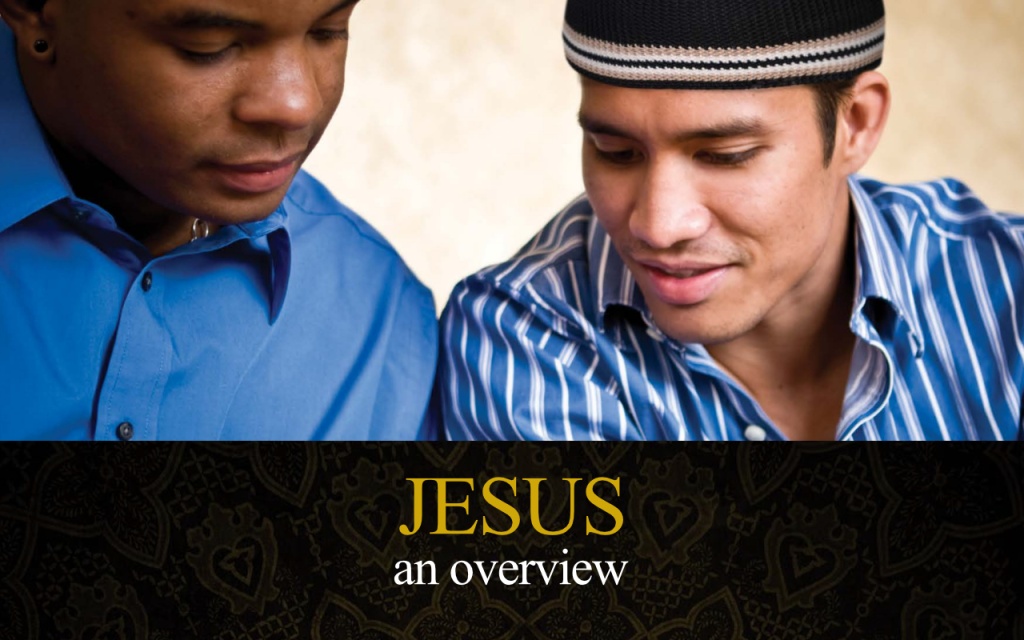

Chapters
« Ch. 4 - Comparing views on the books
Historical Evidence
One of the most important events in history is Jesus’ death on the cross. The Gospels give specific details about the people involved in ordering the execution of Jesus. According to Craig A Evans, “Almost all historians and interpreters of the New Testament agree that the arrest, examination, and execution of Jesus of Nazareth constitute the most important series of events in the Gospel narratives. The two most prominent figures in this drama are Caiaphas the Jewish high priest and Pontius Pilate the Roman governor.”viii Were these two prominent figures real people who lived in Palestine in the 1st century or did the authors make up these names?
a. Caiaphas
In 1990, an ossuary (a place for human remains) was discovered in Jerusalem on which the name of Caiaphas has been inscribed. Professor Evans asserts that several archaeologists have identified the Yehoseph bar Qaipha on this ossuary as the Joseph called Caiaphas as referred to in the narratives of the historian, Josephus, and in the narratives of the New Testament Gospels. This is further confirmed by non-Christian scholars, Dominic Cross and Jonathan Reed who have said with confidence, “There should be no doubt that the chamber was the resting place of the family of the high priest Caiaphas named in the Gospels for his role in the crucifixion, and it is very likely that the elderly man’s bones were those of Caiaphas himself.”ix There is literary and archaeological evidence that show the Gospels were accurate when they mentioned Caiaphas.
b. Pontius Pilate
Another prominent figure who was involved in the trial of Jesus was the Governor, Pontius Pilate. The Roman historian Cornelius Tacitus states that “Christus … had suffered the death penalty during the reign of Tiberius by sentence of the procurator, Pontius Pilate.” In 1961, an inscription bearing the name and title of Pontius Pilate, ‘procurator’ was found on the stone at Caesarea Maritima. Again, there is literary and archaeological evidence for a Roman governor called ‘Pontius Pilate’ which corroborates the New Testament.
In addition, the Gospels give the locations of the key events, the rank of the key soldier involved and the religious sects who accused Jesus.
The four Gospels talk about real events, real people and real locations which are traceable.
Historical Evidence
The Qur’an teaches that Jesus (Isa) was not crucified but rather that “another was made to resemble him” (Quran 4.157). Someone else died in his place and Jesus ascended to heaven without being crucified.
The Qur’an’s account of Jesus’ escape and this stranger’s crucifixion does not contain the specific names of the people involved in these events. Rather than giving the names of the people who tried and sentenced Jesus, it simply says ‘they’ and ‘we’ and ‘another’. It is therefore impossible to find any archaeological evidence that supports the events set out in the Qur’an.
It is generally agreed that Jesus was truly crucified. There is no evidence at all from the 1st century to support the Muslim view.
Theological Evidence
The New Testament (including the four Gospels) always makes theological connections with the previous revelations (the Taurat, the prophets and the Psalms). The Gospels record the crucifixion of Jesus. This is linked with the Taurat where God gave instructions to Moses which said there can be no forgiveness without the shedding of blood (Leviticus 17:11). This is important because it means that Jesus is not doing away with previous revelation. It is also linked with the writings of the prophets where Isaiah predicted that God’s servant (Isaiah 49:1,3; 52:13) must suffer for our sins:
“Surely he took up our pain and bore our suffering … he was led like a lamb to the slaughter, and as a sheep before its shearers is silent, so he did not open his mouth” (Isaiah 53:4,7).
John the Baptist (known as Yahia in the Qur’an) said this when he saw Jesus: “Look, the Lamb of God, who takes away the sin of the world!” (John 1:29).
Jesus himself tells us the significance of his death: “This is what is written: The Messiah will suffer and rise from the dead on the third day, and repentance for the forgiveness of sins will be preached in his name to all nations, beginning at Jerusalem. You are witnesses of these things” (Luke 24:46-48).
Then the disciples of Jesus also preached that the forgiveness of sins is in Jesus’ name:
‘Peter replied, “Repent and be baptised, every one of you, in the name of Jesus Christ for the forgiveness of your sins. And you will receive the gift of the Holy Spirit”’ (Acts 2:38).
Theological Evidence
You might find it offensive to hear that Jesus was crucified. You might argue that Jesus was a great prophet and Allah would never allow one of his prophets to die on a cross. Surely Allah would save Him? That is why Allah substituted someone else to die on the cross (Quran 4.157).
There is no unanimous agreement among Muslim scholars as to who was substituted on the cross. And it is not clear when this narrative of substitution first began – there is no evidence that this teaching was believed in the 1st century.
This account assumes that Allah thinks it is just for someone to die in the place of a prophet. It assumes that Allah thinks it is just for an innocent man to be unwillingly crucified and die in agony. It assumes that it is permissible for one man to be substituted for another. But this directly contradicts the Qur’an’s teaching that ‘every soul earns not [blame] except against itself, and no bearer of burdens will bear the burden of another …’ (Quran 6.164).
This account also assumes that even Jesus’ closest disciples and relatives could not tell the difference between Jesus and the man who was crucified.
If Allah made it impossible for Jesus’ companions to see that He had not been crucified, it seems strange that He could judge them for believing Jesus was crucified.